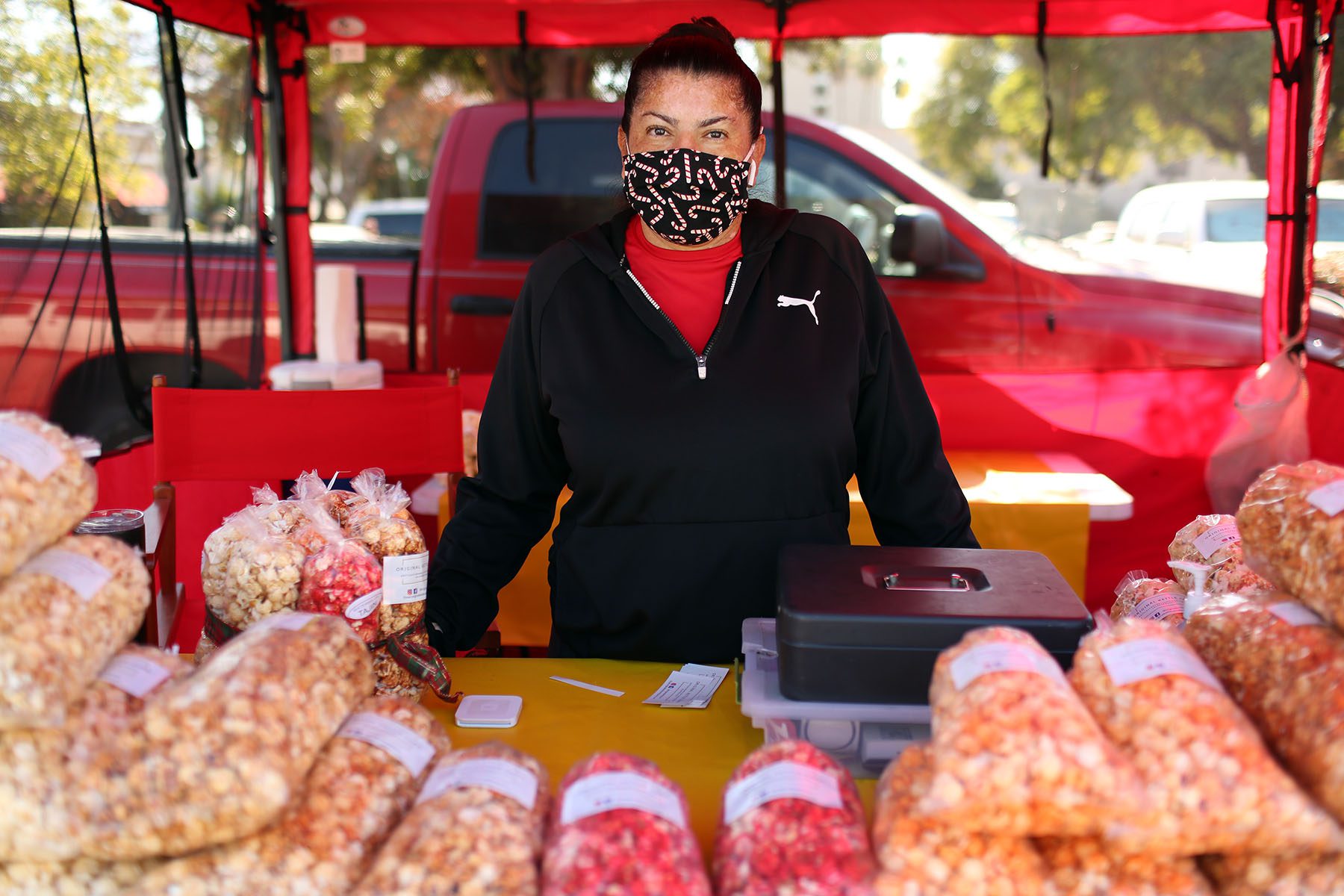Latinas have been marginalized in the workplace in many ways: They are overrepresented in lower-paid industries such as service and domestic work, which were especially hard-hit by pandemic job losses. Those kinds of jobs, in turn, are less likely to offer paid leave, and many Latinas had to leave the workplace to fulfill caretaking responsibilities. That’s part of the reason they have returned to work slower than any other demographic during the pandemic; when they did return, they were more likely to take part-time work.
But all of that still doesn’t fully explain why they have one of the largest pay disparities when compared with non-Latino White men.
The pay gap persists across education levels and industries, said Monica Ramirez, the founder of Justice for Migrant Women, an advocacy group focused on a disproportionately Latinx population. Latinas struggle to find their place in work environments due to a lack of representation and support networks, according to a report released Thursday by the group.
Noreen Farrell, executive director of Equal Rights Advocates, called it “a perfect storm of factors” that mean Latinas had to work nearly an additional year to match the pay of a non-Latino White man. Thursday marks Latina Equal Pay Day, which recognizes the fact that Latinas made 54 cents for every dollar earned by a non-Latino White man in 2021. But that statistic gives an incomplete view of the Latina pay gap.
Calculating the wage gap for Latina workers is complicated, Farrell said. The group included part-time and migrant workers in its calculation this year for the first time. She noted that official census numbers may vastly undercount Latina workers who are undocumented, particularly those who are in domestic roles.
Migrant workers include anyone who crosses country or state boundaries for work. It’s also only recently that women are being recognized as economic migrants, Ramirez said. Previously, many women were assumed to be following their husbands as caretakers, not workers in their own right — meaning they historically weren’t represented when calculating pay gaps.
Data encompassing all workers still treats Latinx populations as a monolith. “When you start to really pull that data apart, you really understand sort of how the intersection of gender and race discrimination is at play,” Ramirez said.
Ramirez cited data gathered by Justice for Migrant Women showing Afro Latinas, women from Central America, foreign-born Latinas and immigrant Latinas all have wider pay gaps than the average. Immigrant Latinas in particular were paid 46 cents to every dollar earned by non-Latino White men in 2021.
“We have many realities, we don’t have a singular story. But the constraints of federal data collection, including only identifying data by binary gender, means many narratives are missing when talking about Latina workers. Unfortunately, as advocates, we are limited in the stories we are able to tell because we are limited to the data that is provided to us,” Ramirez said.
The available data shows Latina women are greatly affected by challenges in specific industries. Service occupations — which are typically low paid — employ 19.3 percent of women but 27.5 percent of Latinas, according to the Department of Labor. Those jobs don’t typically offer paid leave, so especially during the pandemic, Latinas have been more likely to have to stop working due to child and elder care needs. According to the National Partnership for Women and Families, 51 percent of Latinas do not have access to paid sick days at all.
“If we get pregnant, if we get sick, if we have caregiving responsibilities, the alternative for us is not to find a flexible schedule or to have accommodations made. What’s happening is that Latinas are just being pushed out of work,” Ramirez said.
According to the Department of Labor, Latinas experience an unemployment rate that is consistently higher than the average for all women. Because Latinas have been disproportionately pushed out of the workforce, they have also been disproportionately penalized for being caregivers and mothers. When they temporarily leave a job they are hired back at a rate 7 to 15 percent less than men who are hired back at the same jobs, according to a study by Payscale.
The median weekly wages of Latinas are consistently lower than those of White men, no matter their educational attainment. Latinas with bachelor degrees are the most underpaid — taking home 31 percent less than White men, according to a LeanIn.org analysis of Bureau of Labor Statistics data.
They’re also underrepresented in leadership roles: Latinas make up 2 percent of corporate vice presidents and 4 percent of managers, according to McKinsey/LeanIn.org’s 2022 Women in the Workplace Report.
This can impact what opportunities are available to Latina workers. Latinas are less likely to feel supported by their managers compared with all women, and less likely to be praised by senior leadership. Only 27 percent of Latinas said a senior coworker advocated for a raise for them, per the 2022 Women in the Workplace Report. Thirty-nine percent of Latinas said their manager took an interest in their career, compared with 44 percent of all women.
Companies have power to make change, Ramirez said. They could critically evaluate their hiring practices, do their own pay studies, improve mentorship and audit corporate systems to see where implicit bias shows up.
“That is how people are going to get opportunities, when there are other people who are vouching for them,” Ramirez said. “If they're not making a concerted strategic effort to make sure that people who have historically been marginalized are building [those] kinds of networks within a company, it's going to be very difficult.”
There are many potential solutions to close the pay gap at many different levels. Ramirez recently wrote that it’s an easy story to point to the overrepresentation of Latinas in the lowest-paying industries to explain away the difference.
“Latinas work just as hard, are just as skilled and should be paid just as much,” she wrote. “The pay gap represents what Latinas are paid, not what they earned.”






